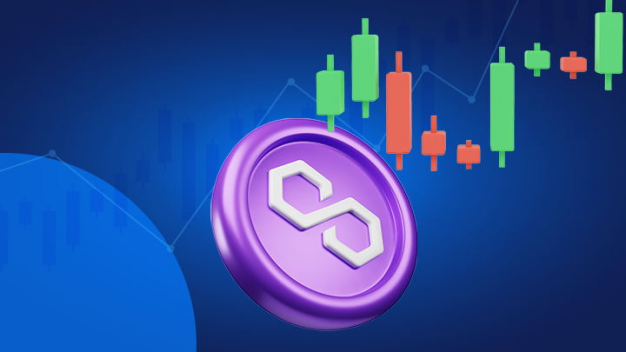
What is a polygon?Polygon, formerly known as Matic, is a framework for building Ethereum-compatible blockchain networks. Its white paper uses a term that perfectly sums up the quality of the project - "built by developers, for developers". This project aims to solve some of the key problems of the Ethereum blockchain, such as low throughput, high gas fees, transaction delays, and lack of community governance.
The history of polygons
Polygon was originally called Matic Network, but as the scope of the project expanded, the name was changed to Polygon. Matic Network is just a layer 2 scaling solution, while Polygon is a collaborative blockchain ecosystem that scales massively and retains autonomy. Polygon was co-founded in October 2017 by Jaynti Kanani, Sandeep Nailwal and Anurag Arjun.
Jaynti Kanani is the CEO of Polygon, a blockchain engineer and full-stack developer. Prior to founding Polygon, he worked as a data scientist at Housing.com and as a senior software engineer at Persisted Systems. He holds a bachelor's degree in Information and Technology Engineering from Dharmsinh Desai Polytechnic.
Sandeep Nailwal is also a blockchain programmer and holds an MBA in Technology, Finance and Supply Chain Management from the National Institute of Industrial Engineering. Prior to co-founding Polygon, he served as CEO and co-founder of Scopeweaver and worked at Welspun Group, Deloitte, and Computer Sciences Corporation.
Anurag Arjun is the third co-founder of Polygon and currently serves as chief product officer. He holds a bachelor's degree in computer engineering from Nirma Institute of Technology. Prior to co-founding Polygon, he served as Assistant Vice President of Product Management at IRIS Business Services Limited and worked with Cognizant, Dexter Consultancy Private Limited and SNL Financial.
How do polygons work?
To understand how Polygon works, we must think of it as a four-layer architecture or system, where the first layer is the Ethereum layer, the second layer is the security layer, the third layer is the Polygon network layer, and the last layer is the execution layer. Each layer plays a different role in how Ethereum operates. The first two layers - the Ethereum layer and the security layer are optional.
Ethereum Layer: The first layer, also known as the Ethereum layer, handles communication with the various Polygon chains and is also responsible for transaction finalization and the staking process.
Security Layer: The security layer runs alongside the Ethereum layer, providing “validator as a service”. It also acts as an additional layer of security.
Network layer: The network layer handles block production, local consensus, and collation transactions. It consists of many independent blockchain networks that serve its user base and community.
Execution layer
The execution layer handles the interpretation and execution of transactions within existing blockchains in the Polygon network. There are two layers inside the execution layer, execution environment and execution logic. The execution environment is a virtual plug-and-play machine implementation. The execution logic is written in Ethereum smart contracts on the Polygon network.
Poly chain: There are two types of poly chain: independent chain and safety chain.
Independent Chains: Independent Chains As the name suggests, these chains are independent and responsible for their security. This means they have their own set of validators, separate from Polychain’s security chain. Choosing an independent chain means your project will benefit from a high degree of independence and operational flexibility. Independent chains are more suitable for enterprise projects and large-scale projects with strong communities.
safety chain
Secure Chain relies on Security-as-a-Service, blockchain network verification through fraud or validity proofs, rather than setting up a pool of validators. Projects wishing to opt for a secure chain can also use trusted validator pools, such as Polkadot’s Shared Security feature. With this chain, your project will benefit from better security, but it also means less flexibility and autonomy. Security Chain is more suitable for startups and projects that pay more attention to security.
MATIC Token: The initial circulating supply of MATIC Token is 3,230,085,551, and the issuance price is $0.00263. As for the total supply of MATIC tokens, it is 1 billion. Even after Matic Network changed its name to Polygon, they continued to use the MATIC token and made no changes to its supply.
The distribution of MATIC tokens is as follows:
3.80% of the total supply is used for private placement.
2.09% of the total supply is allocated for seed distribution.
Matic Network raised $50,000 in BNB via public sale.
16% of the total supply is reserved for teams.
4% of the supply is allocated to advisors.
12% is used for network operations.
The foundation’s share of the total MATIC token supply is 21.86%.
23.33% went to the Matic ecosystem (now Polygon).